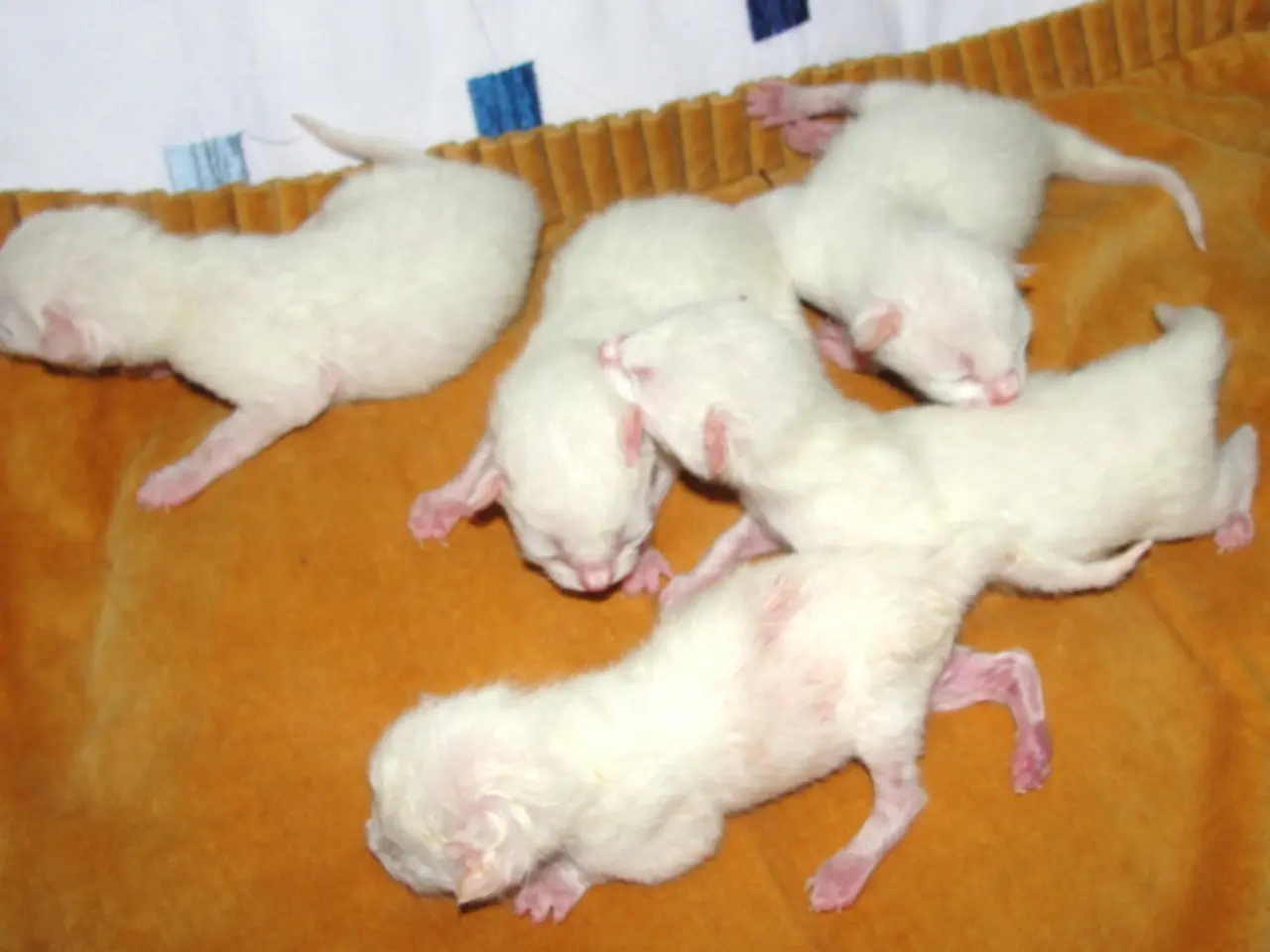New Study: Understanding Rodent Behavior Boosts Food Safety
A new study from Lodwar, Kenya, has revealed innovative strategies for more effective rodent control in food distribution centers. Researchers found that understanding and adapting to rodent behavior can significantly improve trap placement and reduce contamination risks.
Traditional methods often involve placing traps at fixed distances. However, this study found that tailoring trap placement to rodent behavior is more successful.
Investigators discovered that rodents are more likely to be caught near attractive features such as warmth and shelter. Therefore, prioritizing areas like the south and west sides of buildings, motors, and refrigeration compressors can increase trap effectiveness.
Moreover, adopting stricter food safety standards, inspired by the Food Safety Modernization Act, can help prevent contamination. This includes regular pest management and thorough cleaning.
Interestingly, placing fewer traps can also be beneficial. This strategy, known as 'targeted placement', reduces 'device fatigue' for both technicians and rodents, making traps more appealing and thus more effective.
In conclusion, understanding and adapting to rodent behavior can lead to more effective pest management. Targeted trap placement, prioritizing attractive areas, and adopting stricter food safety standards can significantly improve rodent control in food distribution centers. This not only reduces contamination risks but also conserves resources by minimizing the number of traps needed.




